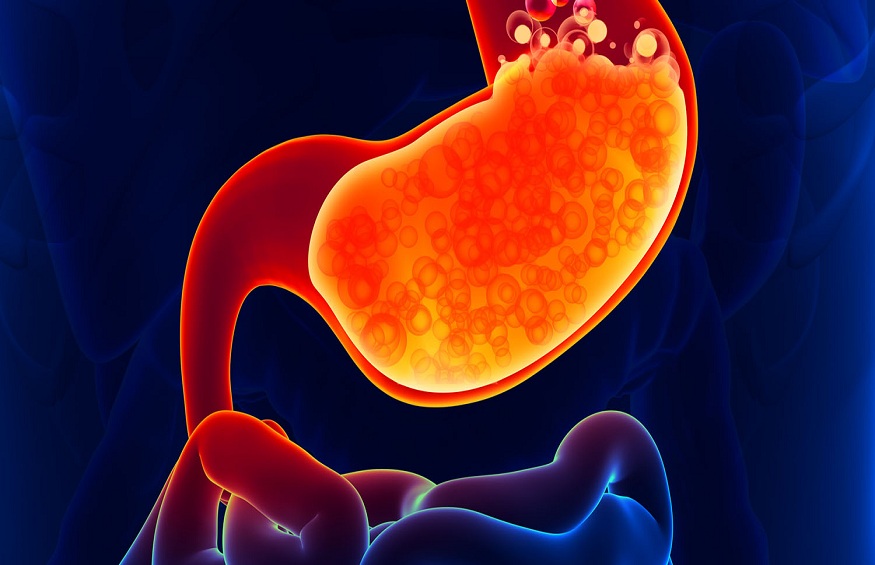Is using Diindolylmethane Supplement safe?
It’s a well-known incontrovertible fact that a healthy diet should include many fruits and vegetables. Nutrients called phytochemicals found in cruciferous vegetables to provide health protection by decreasing the consequences of cancer-causing chemicals. The foremost active and important of those phytochemicals, diindolylmethane (DIM), has shown great promise as an anticancer agent.
what’s DIM?
Diindolylmethane is an indole phytonutrient (plant nutrient) found only in cruciferous vegetables. When broccoli or the other cruciferous vegetables are chewed, plant enzymes are released. Once these enzymes are exposed to stomach acid, a compound called indole-3 carbinol (I3C) is made which, in turn, yields DIM.
How does DIM work?
DIM features a direct effect on the hormone estrogen and the way it’s metabolized. Estrogen has many beneficial activities within the human body: regulating the expansion and development of reproductive organs, controlling the expansion of the uterine lining, assisting in the promotion of fertilization and pregnancy, maintaining the traditional structure of skin and blood vessels, maintaining bone structure, and regulating various metabolic processes. However, excessive prolonged exposure to estrogen is additionally related to serious health problems. Women with higher levels of estrogen circulating in their bloodstreams have a better incidence of carcinoma. Also, certain estrogen metabolites are directly linked to the event of several sorts of cancer.
Are DIM supplements safe?
DIM has been taken as a dietary supplement for several years with no reports of adverse effects, and DIM’s safety has been evaluated. The utilization of DIM in an animal study at many times the quantity provided in dietary supplements produced no adverse effects. Some individuals may notice some minor indigestion with Diindolylmethane supplements. Taking DIM supplements with food often eliminates this problem. Harmless changes in urine color may occur with the utilization of DIM supplements. This color reflects the presence of DIM metabolites that have an amber color. Individuals who eat large amounts of DIM-containing cruciferous vegetables would notice similarly colored urine. Drinking 6-8 glasses of water per day will often eliminate this problem. However, if individuals notice a change in urine odor or haziness in their urine, they have to consult their licensed health care practitioner. These changes aren’t results of DIM supplementation and will instead be the signs of a tract infection.
How much DIM should be taken?
Studies show the foremost effective amount of supplemental DIM is 30 mg. of absorbable DIM per dose, with daily doses of 60 mg. for ladies and 120 mg. for men.
Final Thoughts:
There are many risk factors related to cancer: some of which will be altered (such as smoking in lung cancer) and a few that can’t (such as gender in breast cancer). Scientific evidence suggests about one-third of cancer deaths are nutrition-related and will be prevented. While many individuals try hard to scale back their own personal and modifiable cancer risk, this is often not always easy to try to to. Using supplemental DIM may be a remarkable thanks to reducing cancer risk.
